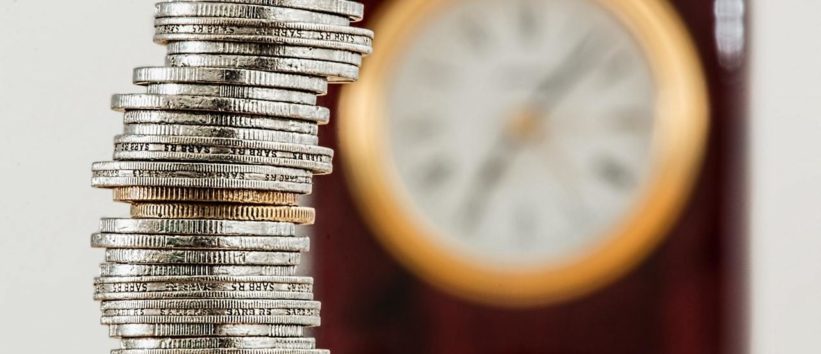The 3 Ms To Be A Successful Trader
by Trading 101 jul. 16, 2019

Many professions have different frameworks that are commonly referred to simplify the industry or profession to others, or to simply categorize a line of work in a way where it becomes easier to teach. An example many are taught in business school are the 4 Ps of marketing: Price, Product, Promotion and Place, which break down a large segment of the marketing industry and make it easier to teach. In trading 101 we have our own way breakdown: the 3 Ms.
The 3Ms are Money, Mind and Method. The idea behind them is that if a trader masters all 3 of them, they’re going to do quite well in their chosen line of work. If you’ve heard of them in your day trading 101 course then you’re already a step ahead of many around you.
Let’s break down the 3 Ms and what are the key aspects to learn in each to become a profitable trader.
1) Mind
The mind can be by far the trickiest part of this framework. It’s definitely the most subjective part and hardest one to breakdown into standardized ways for someone to learn from. The easiest way to make use of mastering your mind is to develop a methodology for yourself to make the best decisions possible.
Markets are noisy and as soon as you open your preferred financial news outlet of choice, you’re going to be flooded with information. Having a set of psychological rules that you follow to determine which direction you want to take and how to stay calm and focus in the context of all the information being thrown at you is paramount to success.
Self-control is the name of the mental game. The data doesn’t like – around 80% of an average trader’s daily trades end up barely breaking even or in straight losses. Controlling oneself to go with the best data to increase the likelihood of profiting is admittedly hard.
An easier way to visualize it is that you’re likelier to lose and that the money you’re trading was earned with hard work – so don’t throw that out of the window.
2) Money
Money management is one of the most important life skills that has to be learned. The same holds true for trading. Your money strategy needs to answer questions such as what your take on risk is and what you do with your rewards.
Mismanaging your capital is one of the fastest ways to go broke in trading. It’s important to always place risk ahead of potential reward, because the risk always comes first – and it’s easiest to assess the level of risk on a trade rather than the potential profits.
If you don’t have a personal policy on your risk amount per trade, it’s high time to start implementing one along with stop loss functions of your trading platform. If position sizes are improperly managed and you don’t have a personal policy in place on when to hold and when to drop then it’s a miracle you’re not broke yet.
Preserving your capital should always be a focus, and should make you conscious to not over-trade per day.
3) Method
The method part goes hand in hand with Mind and Money. It’s the approach you have to your chosen market and how you trade. It’s how you determine if you want to follow a direction, it’s how you choose which trades are worth it to you and which are not.
This naturally begets the question of how you can tell if your method is a good one? Simple – are you profiting? If not, your method is bad. If profits are coming in then it’s a matter of scale – you could technically be in the green but barely have profit to go home with.
In those cases it’s a matter of reviewing methods and looking for new ones. With a demo account, testing new methods has become easier and more accessible than ever. Picking the right method should have three aspects: it’s profitable, it suits your style and you enjoy using it.
